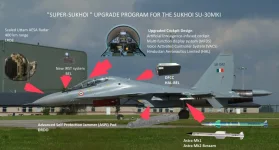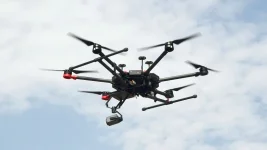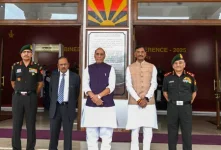
Twenty-five years after the Kargil conflict, the Indian Air Force (IAF) has undergone a monumental transformation in its operational capabilities, as highlighted by retired Air Chief Marshal BS Dhanoa.
Having commanded a MiG-21 squadron during Kargil and overseen the Balakot strikes as Chief of Air Staff, Dhanoa provides a unique perspective on this evolution.
Kargil: A Turning Point
The Kargil conflict exposed certain intelligence and technological limitations within the IAF. The Pakistani Air Force's surprise deployment, coupled with the IAF's reliance on radio interception for information gathering, led to initial setbacks.Additionally, the lack of suitable ballistic tables for high-altitude bombing and the rudimentary avionics of MiG-21s presented operational challenges.
However, Kargil also served as a catalyst for change. Innovative solutions were devised on the fly, such as recalculating ballistics, using handheld GPS for navigation, and developing strategies to counter Pakistani "balloon barrages."
Balakot: A Showcase of Modernization
By the time of the Balakot strikes in 2019, the IAF had significantly upgraded its arsenal and capabilities. The induction of advanced aircraft like Sukhoi-30s and Rafales, along with support elements such as mid-air refueling aircraft, airborne warning and control systems, and precision munitions, marked a new era.The IAF's enhanced surveillance and strike capabilities, coupled with a network-centric environment, enabled precise targeting and long-range operations. The discrepancies and deficiencies that existed during Kargil were rectified, eliminating the need for field innovations.
A Quantum Leap
Dhanoa emphasizes that the IAF's transformation goes beyond mere technological upgrades. The force has embraced a modern, network-centric approach to warfare, with a focus on precision and long-range capabilities. This shift has significantly enhanced the IAF's operational effectiveness and its ability to respond to emerging threats.The Kargil conflict, while challenging, ultimately served as a crucible for the IAF's modernization. The lessons learned and the subsequent investments in technology and training have positioned the IAF as a formidable force, capable of meeting the complex security challenges of the 21st century.



